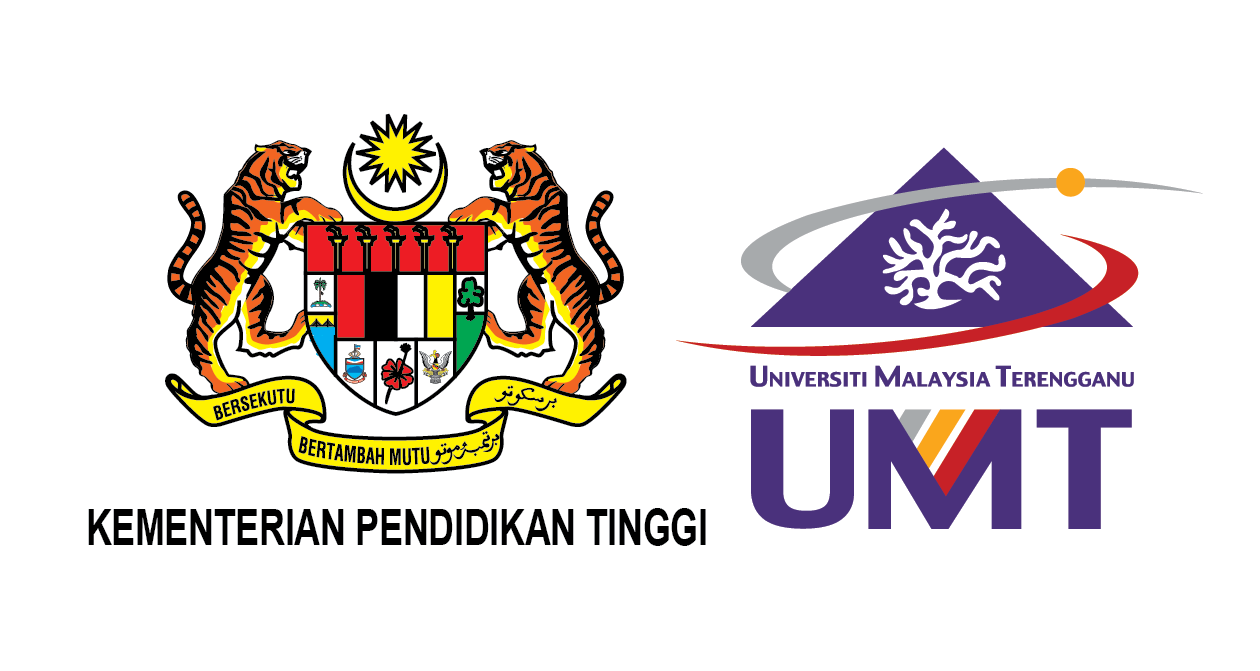Please use this identifier to cite or link to this item:
http://umt-ir.umt.edu.my:8080/handle/123456789/8375Full metadata record
| DC Field | Value | Language |
|---|---|---|
| dc.contributor.author | Muhammad Hafiz bin Sulaiman | - |
| dc.date.accessioned | 2018-02-11T07:59:13Z | - |
| dc.date.available | 2018-02-11T07:59:13Z | - |
| dc.date.issued | 2015 | - |
| dc.identifier.uri | http://hdl.handle.net/123456789/8375 | - |
| dc.description.abstract | Malayan Pangolin (Manis javanica Desmarest) is threatened by illegal hunting and habitat loss. Conservation efforts are difficult due to lack of information in various aspects. As such, this study was conducted to collect information which could help in the Malayan Pangolin conservation. Questionnaire and interview-based survey was used to obtain hunter’s knowledge about pangolin. Stratified random-sampling techniques combined with snowball sampling were utilized for this purpose. Results showed that the pangolins mostly inhabit lowland primary forest (30.4%) and majority of the hunters (73%) chose tracking method as their most preferred hunting technique. Determination of preferred den and habitat utilization of the pangolins was conducted at pristine forest (Krau Wildlife Reserve), secondary forest (Kampung Sungai Berua) and highly disturbed area (Pos Pulat) by searching for active and non-active dens. Findings showed that hollow logs were mostly preferred by the pangolins to be utilized as a den site (48.36%). Pangolins’ dens were also found abundantly at KWR as compared to KSB and PP, thus prove that pangolins have high adaptation ability and pristine forest serves important habitat for them. For morphometric measurements, it was conducted by measuring head-body length, tail length, total length and weight. Both male and female pangolins showed high correlation between weight and total length with r=0.6342 and r=0.8535 respectively. Similar trend was also shown for correlation between tail length and head-body length. Parasitism is known as one of the cause contributing to the failure of pangolin species husbandry in conservation projects worldwide. From the findings of this study, only one parasite species was recorded on the Malayan Pangolin namely Amblyomma javanense, with more male pangolins being infested by the ectoparasite (88.9%). However, the mean intensity on the female pangolins was significantly higher (72) as compared to the male pangolins (31.6). Overall, this research provided valuable and essential information on the ecological, morphological, parasitological, and hunter’s knowledge of the Malayan Pangolin in Malaysia. Nonetheless, more studies should be conducted in every aspect because there is still much not known about the Malayan Pangolin. | en_US |
| dc.language.iso | en | en_US |
| dc.publisher | Terengganu: Universiti Malaysia Terengganu | en_US |
| dc.subject | QL 737 .P5 M8 2015 | en_US |
| dc.subject | Muhammad Hafiz bin Sulaiman | en_US |
| dc.subject | Malayan Pangolins | en_US |
| dc.title | Studies of the malayan pangolin (manis javanica desmarest) from Peninsular Malaysia | en_US |
| dc.type | Thesis | en_US |
| Appears in Collections: | Institut Bioteknologi Marin | |
Files in This Item:
| File | Description | Size | Format | |
|---|---|---|---|---|
| QL 737 .P5 M8 2015 Abstract.pdf | 169.76 kB | Adobe PDF | View/Open | |
| QL 737 .P5 M8 2015 Full Text.pdf Restricted Access | 2.46 MB | Adobe PDF | View/Open Request a copy |
Items in UMT-IR are protected by copyright, with all rights reserved, unless otherwise indicated.

